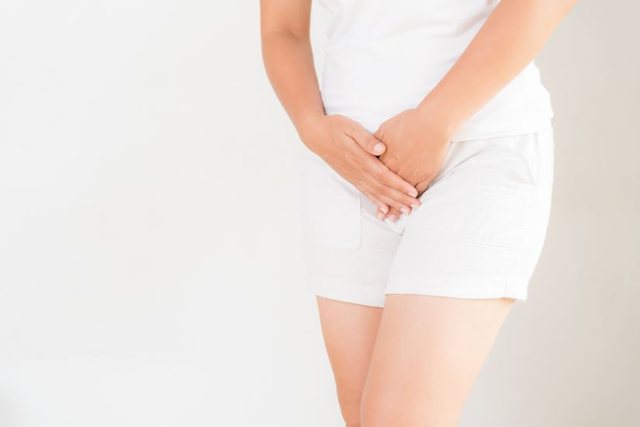
Some women, after having sex, may feel what is perceived as stomach pain. Perhaps, you are wondering the reasons for this disorder and why it might happen. Pain during or after sexual intercourse is, in any case, more widespread than is believed, and most of these concerns are only abdominal pain: the area between the navel and the hips. There are many causes that can cause this type of pain after intercourse. Mary Jane Minkin, a doctor at Yale New Haven Hospital, clarified a few points, talking about Women's Health and explaining why this phenomenon occurs.

The first reason pain depends on position during sexual intercourse. And this is when there is deep insight. What to do then? Either use painkillers two hours before the act or try alternative positions so that the problem does not recur.

Sexually transmitted diseases such as gonorrhea and chlamydia, which can spread from the vagina to the uterus, to the fallopian tubes or ovaries, can cause pain problems, especially in the pelvic area. Moreover, if you have a previous vaginal inflammation the pain continues and you need to take medication from your doctor.

The abdominal pain you are experiencing may be due to vaginal dryness. It may be caused by taking birth control pills or by approaching menopause. To fix the problem, simply use a lubricant, and if this does not work, the advice is to go to the doctor who will be able to list medications useful for use: vaginal estrogen, for example.

It is a disease characterized by the accumulation of endometrial cells outside the womb. This type of abnormality causes a particularly harmful chronic inflammation, which can lead to various symptoms including severe abdominal pain. In the most severe cases of endometriosis, pelvic tissues and organs may appear to be adjacent to each other and deep penetration during sex can be a source of intense pain.

There are many women who suffer from this: they are small pockets full of fluid placed on the surface or inside the ovaries. Most of these are completely harmless and disappear after several months without treatment; others, in turn, can grow in size and cause pain.





